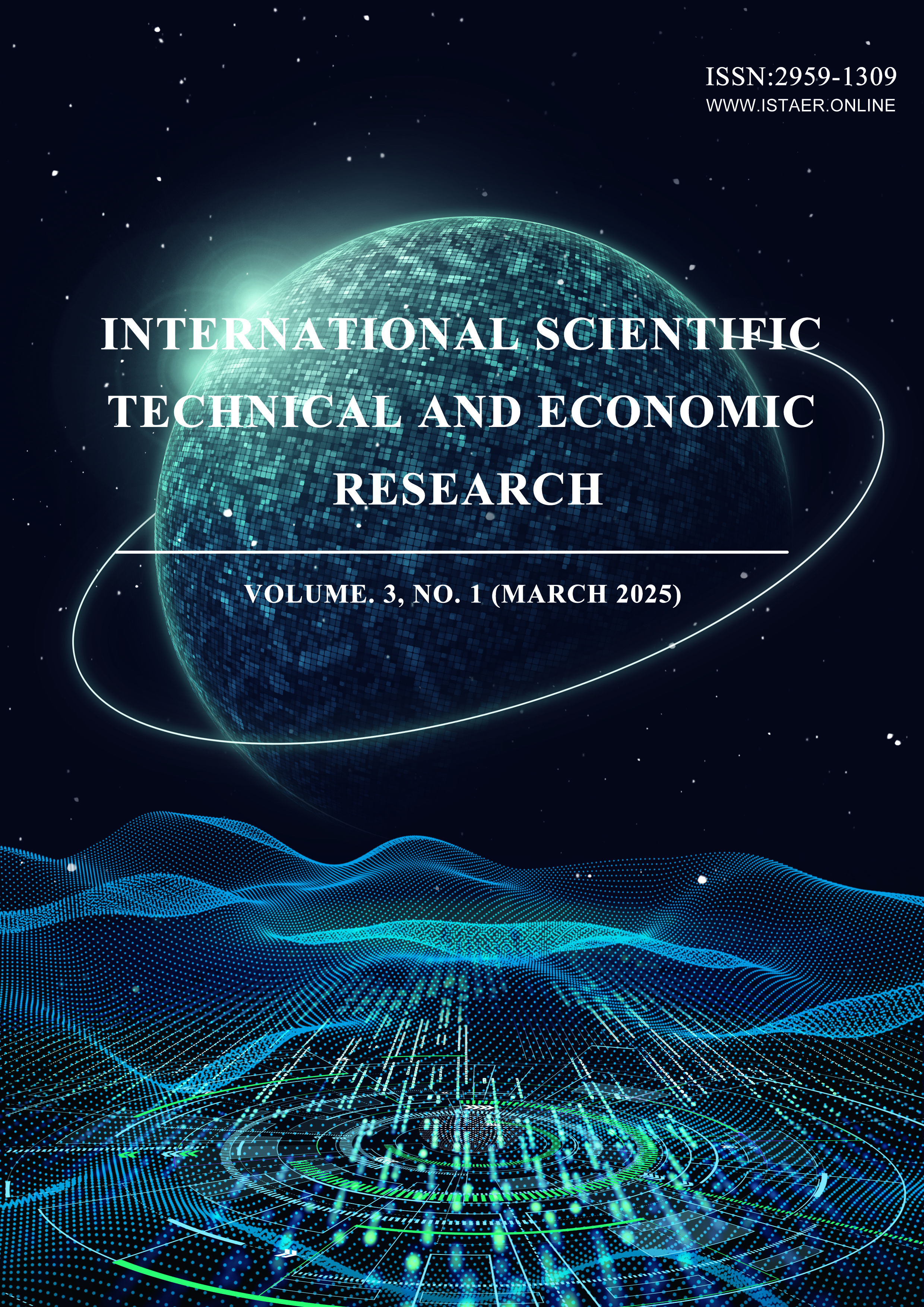Research on Cargo Volume Prediction and Personnel Scheduling in Logistics Centers
DOI:
https://doi.org/10.71451/v9fz0g09Keywords:
LSTM model, ARIMA model, integer programming, genetic algorithm, linear programmingAbstract
With the rise of e-commerce logistics networks, cargo volume prediction in sorting centers has become increasingly important and a key research topic. The aim of this study is to predict the daily cargo volume and daily cargo volume of 57 sorting centers in the future, in order to optimize the human resource allocation of logistics network sorting centers. LSTM model, ARIMA model, and integer programming model based on genetic algorithm were established according to the different problems. Regarding problem one: In the task of predicting daily and hourly cargo volume for the next 30 days, the ARIMA model is used. The ARIMA model has shown advantages in short-term forecasting and has been applied to predict the hourly cargo volume of each sorting center within 30 days. By combining these two models, the final prediction data can be obtained. Regarding problem two: Draw a directed graph to visually display the data and provide visual support for subsequent analysis. Based on the average transportation volume of sorting centers and changes in transportation routes over the past 90 days, use a mathematical model to calculate the rate of change in cargo volume after changing transportation routes. For sorting centers that have not been affected, sum the rate of change and calculate the average. Finally, use mathematical models to calculate the revised predicted daily and hourly cargo volumes. Regarding problem three: constructing an integer linear programming model based on genetic algorithm, whose decision variables involve the attendance of formal and temporary workers in different shifts of each sorting center. In the model construction, strict constraints were set to ensure the completion of cargo volume processing, prioritize the use of formal workers, and maintain a balance of actual hourly labor efficiency. Use a linear programming solver to accurately calculate the optimal attendance allocation for each shift in each sorting center. Regarding problem four: Taking SC1 sorting center as an example, and based on the prediction results of problem two, a shift attendance plan model for formal and temporary workers was constructed. On this basis, this study aims to minimize the total number of formal and temporary workers as the objective function, and considers the constraint conditions that the attendance rate of each formal worker does not exceed 85% and the continuous attendance days do not exceed 7 days. I wrote code to solve the model and successfully obtained an optimized scheduling plan.
**************** ACKNOWLEDGEMENTS****************
This work is supported by ministry of education industry-university cooperative education project (Grant No.: 231106441092432), the research and practice of integrating "curriculum thought and politics" into the whole process of graduation design of Mechanical engineering major: (Grant. No.: 30120300100-23-yb-jgkt03), research on the integration mechanism of "course-training-competition-creation-production" for innovation and entrepreneurship of mechanical engineering majors in applied local universities (Grant. No.: CXKT202405), Mechanical manufacturing equipment design school-level "gold class" construction project (Grant. No.: 30120324001).
References
[1]Zhai, J., & Cao, J. (2016). A combined prediction model based on time series ARIMA and BP neural network. Statistics and Decision Making, 04: 29-32.
[2]Chen, S. J. (2017). A Logistics sorting system based on multi AGV scheduling. Shenzhen University.
[3]Che, G. Q. (2020). Heuristic mixed integer linear programming for flight conflict resolution. Zhejiang University of Technology.
[4]Zhang, P. L. (2021). Research on optimization of storage capacity of fast-moving consumer goods based on order prediction. North China Electric Power University.
[5]Gong, B. B. (2021). Prediction of natural gas imports in China based on GA-ELM model. China University of Petroleum.
[6]Wang, G. N., & Tang, X. P. (2022). Research on rural emergency logistics distribution path based on simulated annealing and floyd optimization algorithm. Software Engineering, 25(12): 9-12.
[7]Yang, J., Yang, X. D., & li, L. S. (2022). Optimization of stacker crane path based on genetic simulated annealing algorithm. Logistics Technology, 41(08): 119-123. DOI: https://doi.org/10.1155/2022/7363279
[8]Yan, N. (2022). Research on volume prediction and route optimization of H company's container dumping transportation. Guizhou University.
[9]Xu, B., & Wang, Q. D. (2023). A fault-tolerant method for AUV collaborative localization based on Mahalanobis distance and neural network assistance. Chinese Command and Control Society.
[10]Shen, Q. M. (2023). Empirical Comparative Study of ARIMA, LSTM and their combination models. Suzhou University.
[11]Xu, B., & Feng, Z. (2023). Study on electronic product assembly line balance based on integer programming and simulation. Mechanical & Electrical Engineering Technology, 1-8.
Downloads
Published
Data Availability Statement
Question C of the 14th Annual MathorCup Math Application Challenge Competition 2024(http://mathorcup.org/detail/2438)
Issue
Section
License
Copyright (c) 2025 International Scientific Technical and Economic Research

This work is licensed under a Creative Commons Attribution-NonCommercial-NoDerivatives 4.0 International License.
This work is licensed under the Creative Commons Attribution International License (CC BY 4.0).




